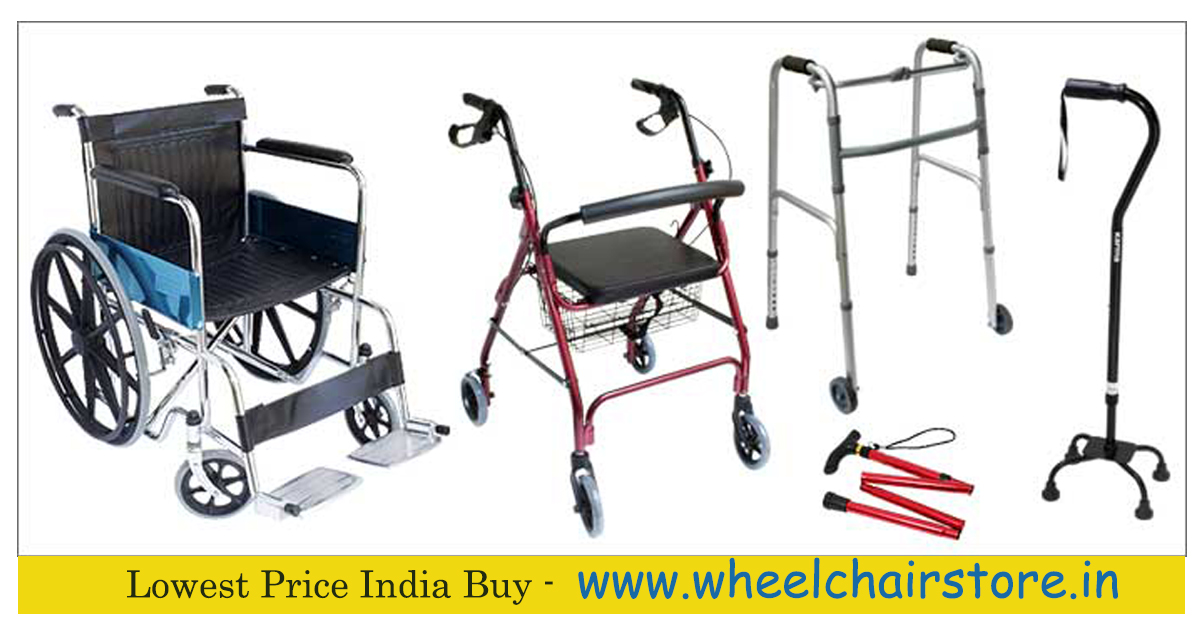Cerebral palsy is a condition, not a disease.Child with cerebral palsy has a range of chronic movement and posture disorders as the direct result of brain damage within the areas that control movement.It isn't easy raising and caring for a child with cerebral palsy, but that doesn't mean they are helpless. It can be child's best advocate in the months and years to come, ensuring that it gets the care that's needed.
Cerebral means brain-centred while palsy is a lack of muscle control.Cerebral palsy is abbreviated to CP. Chair For Cerebral Palsy Child is a term used to identify a number of neurological impairments typically appearing in infancy or early childhood, according to researchers at the National Institute of Neurological Disorders and Stroke.Child with cerebral palsy have permanent mobility problems caused by brain damage. There is no cure for cerebral palsy, and many children, adolescents and adults can be treated successfully with adaptations, which can improve their capabilities.
Characteristics of cerebral palsy in children are:
Stiff muscles and exaggerated reflexes
Abnormal walking with one foot or leg dragging
Excessive drooling or difficulties swallowing, sucking or speaking
Uncontrolled shaking of the body
Difficulty with precise motions, such as writing, tying shoe laces or buttoning a shirt
Inability to walk and need for a walker or wheelchair
Need for extensive, lifelong care
Seizures

Cerebral palsy has many causes
- A brain that has not formed normally.
- A combination of low blood flow and/or low oxygen to the brain.
- Bleeding in the brain around the time of birth.
- Genetic, meaning it is linked to other members of the family.
- Meningitis, which causes inflammation of the covering of the brain.
- Brain injury before the age of 2.
- Premature birth.
Chair For CP Child can range from very mild where a child learns to walk, run and jump to severe full body involvement where a child is dependent on a wheelchair to move around.Children with cerebral palsy move using a typical patterns of movement which can impact on their function.Chair For CP Child may have increased muscle tone or fluctuating muscle tone which can lead to joint contractures or dislocation limiting their functional abilities. Sometimes children with cerebral palsy can have difficulties with talking, eating and drinking and some children have an associated learning difficulty.















